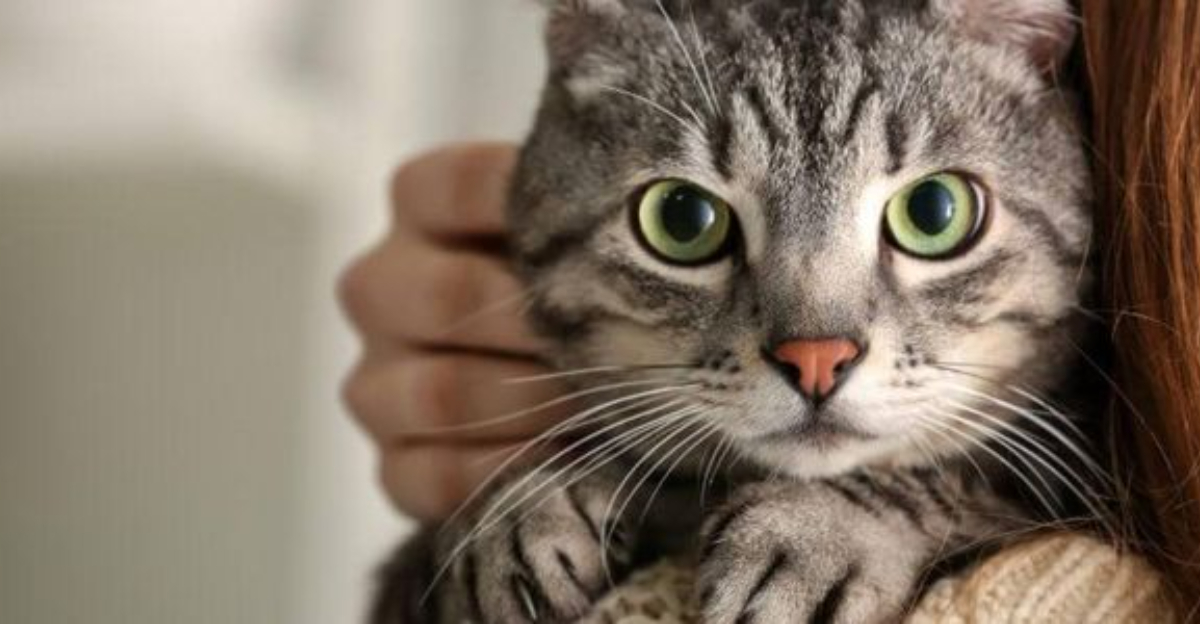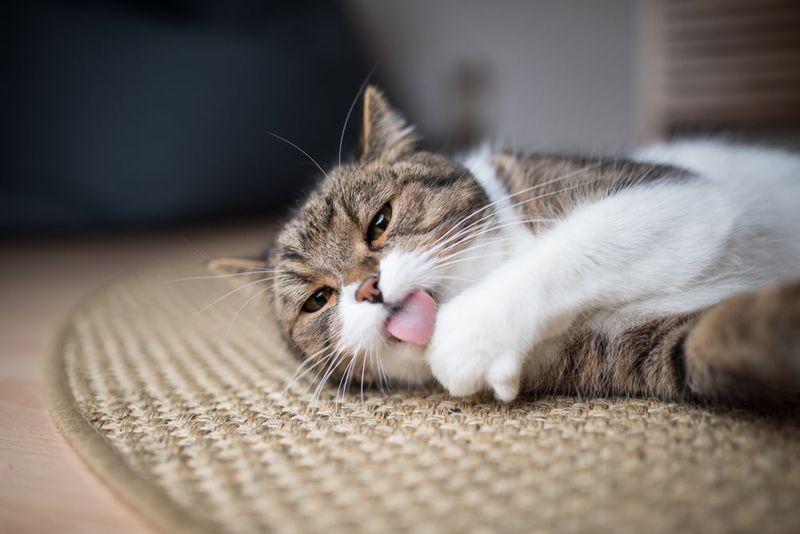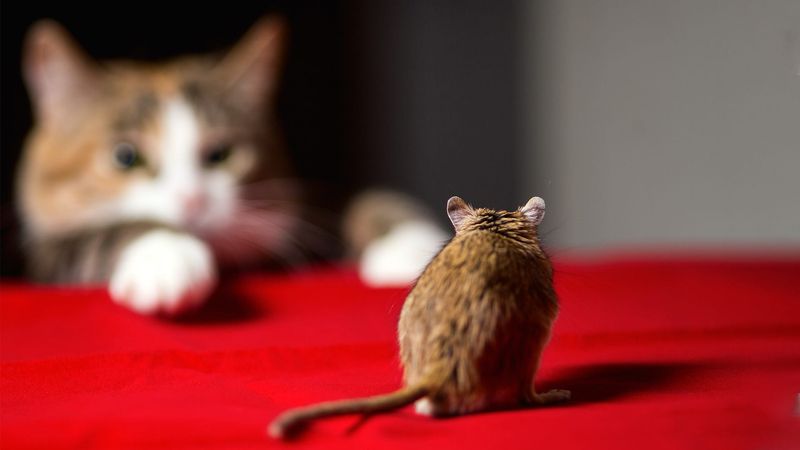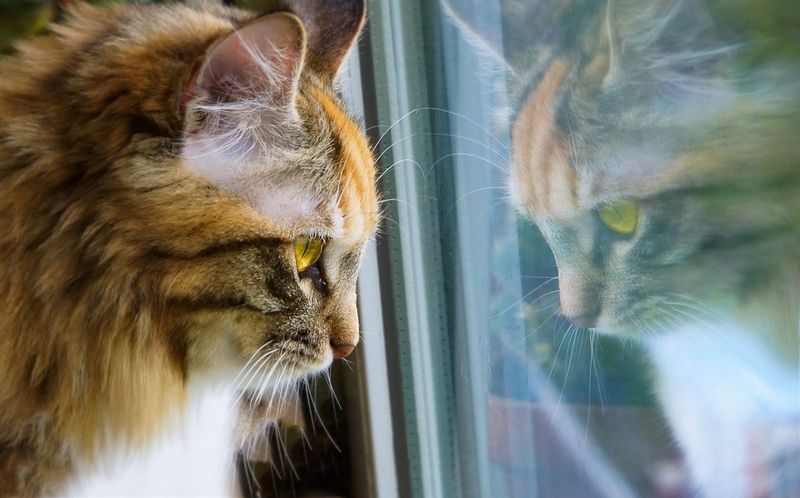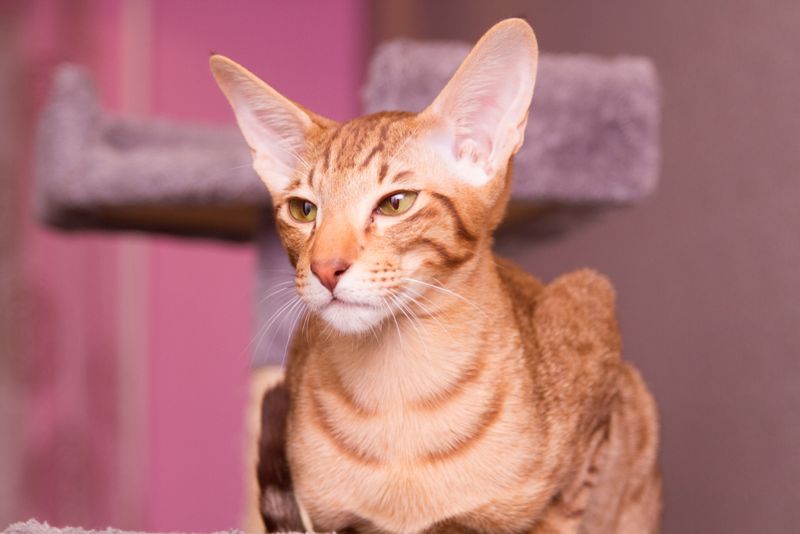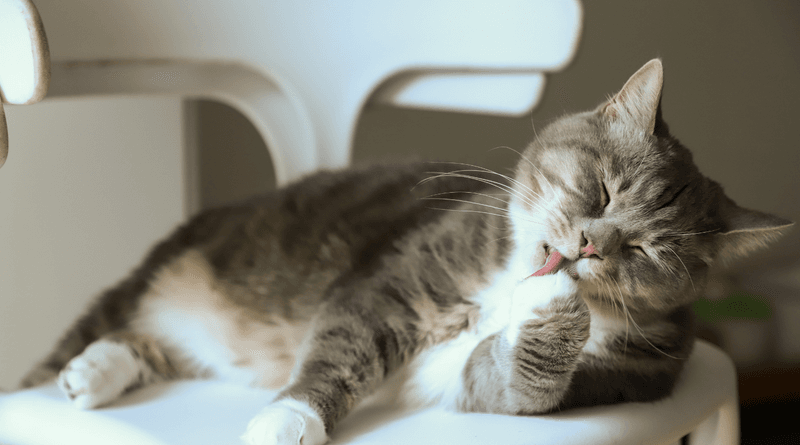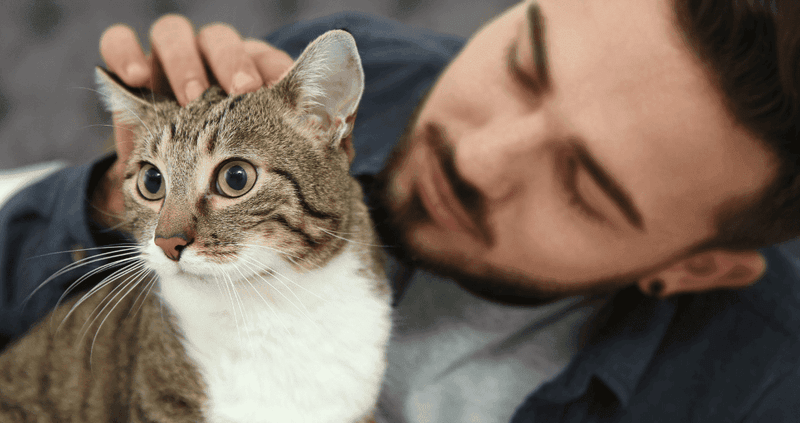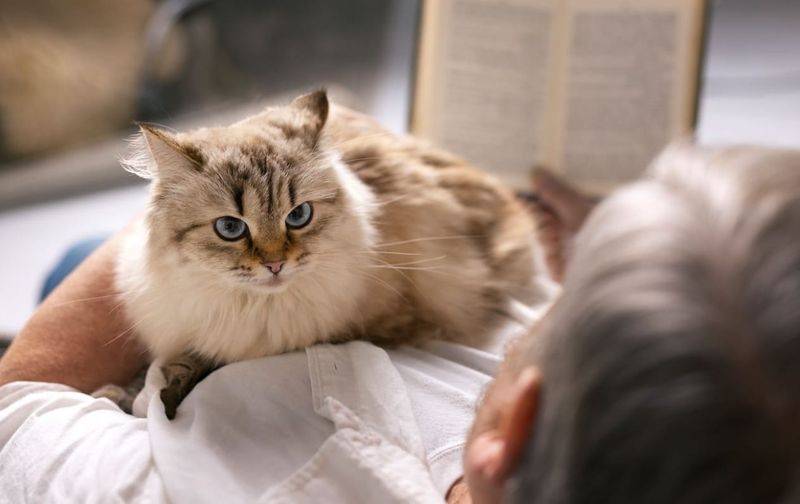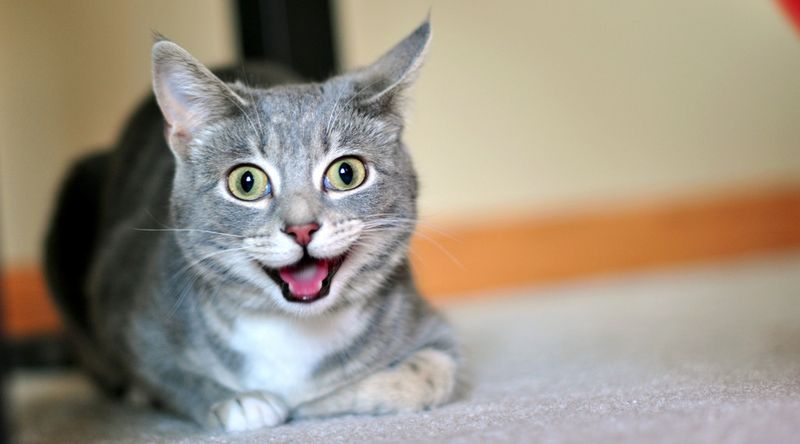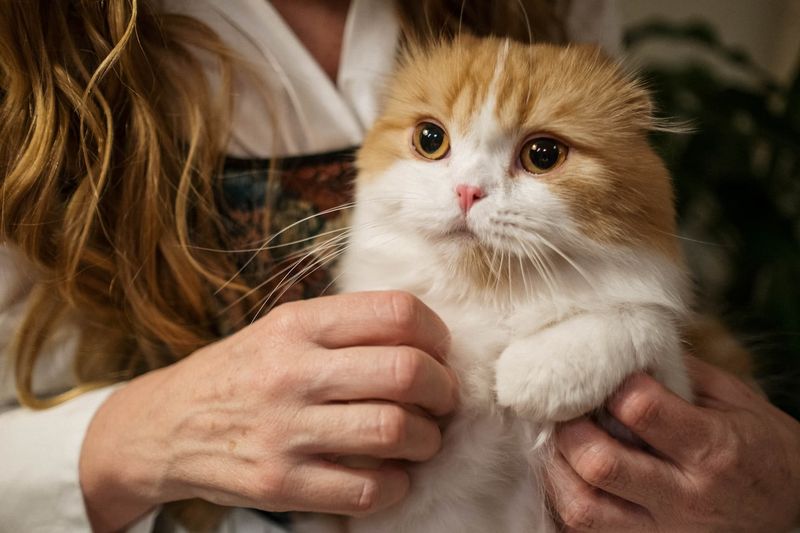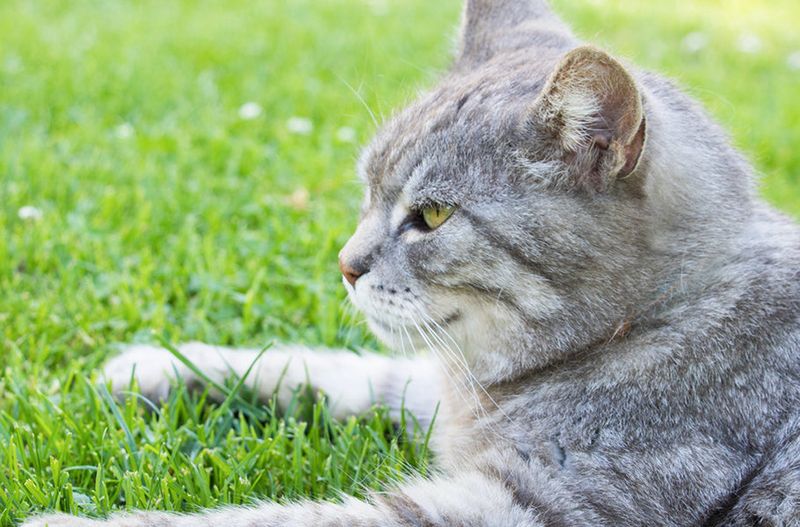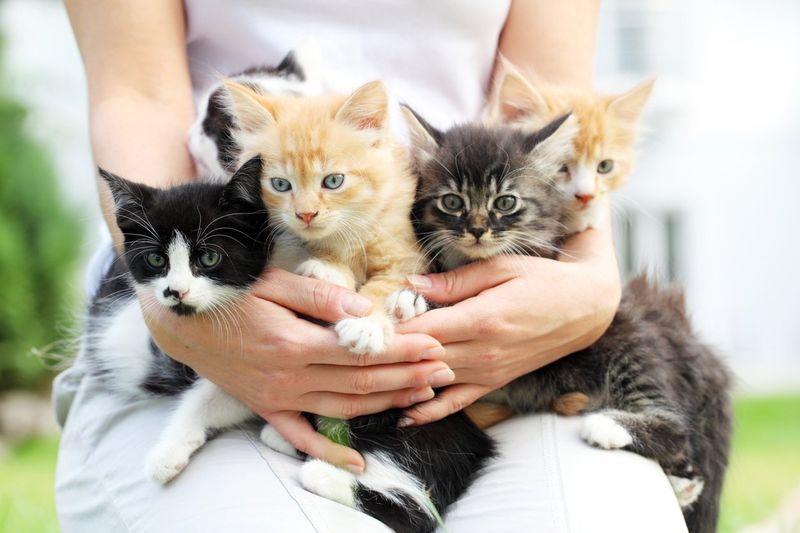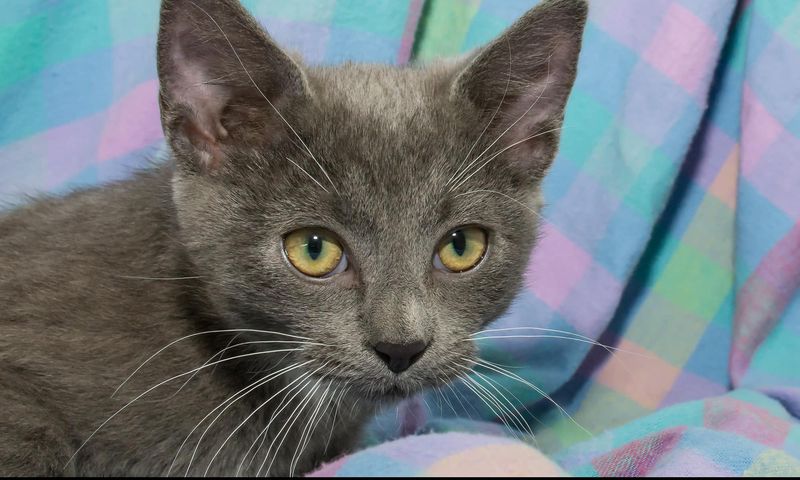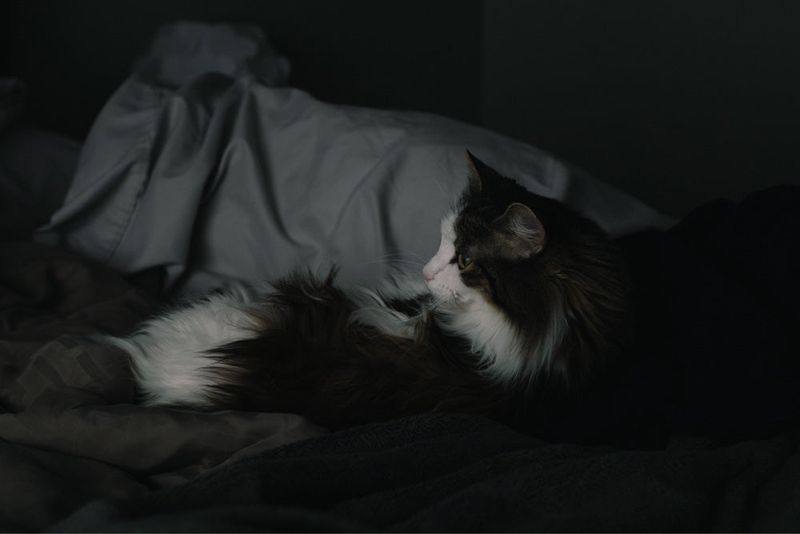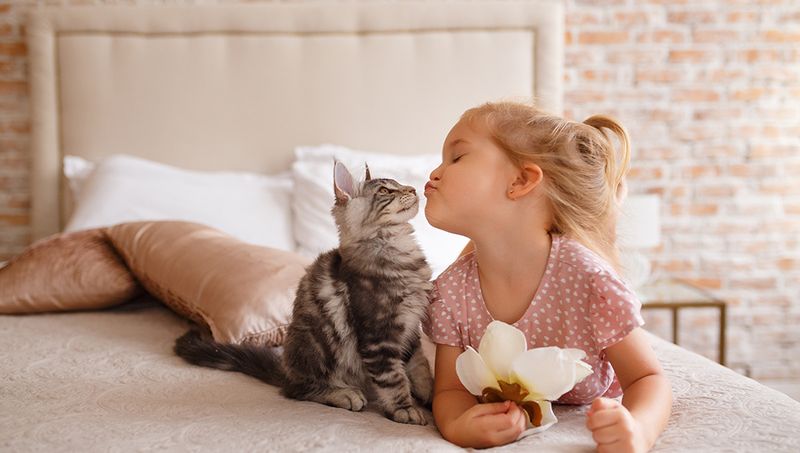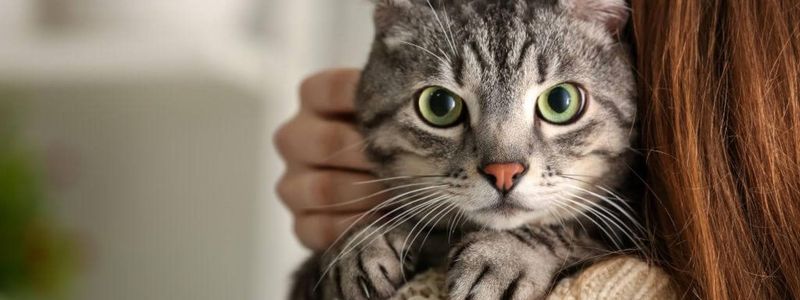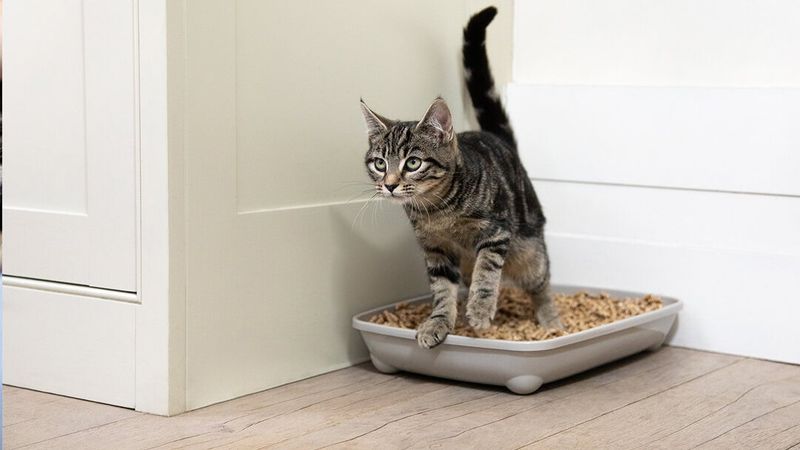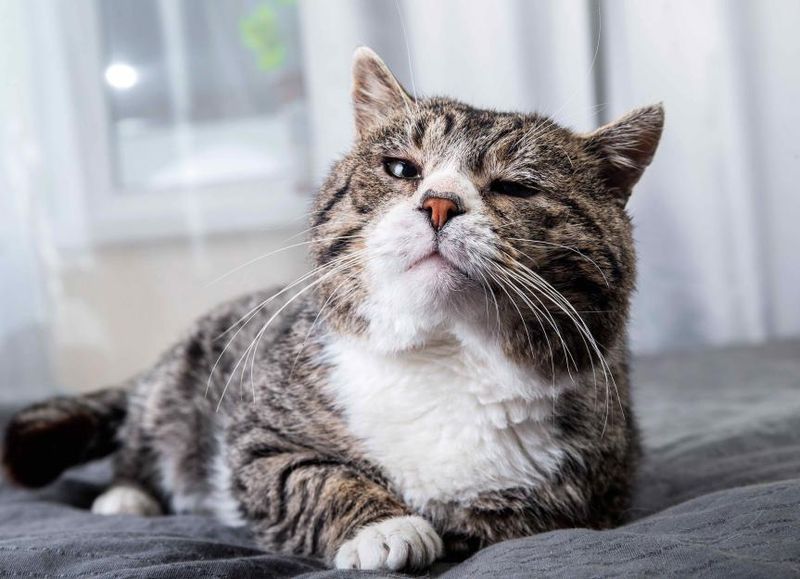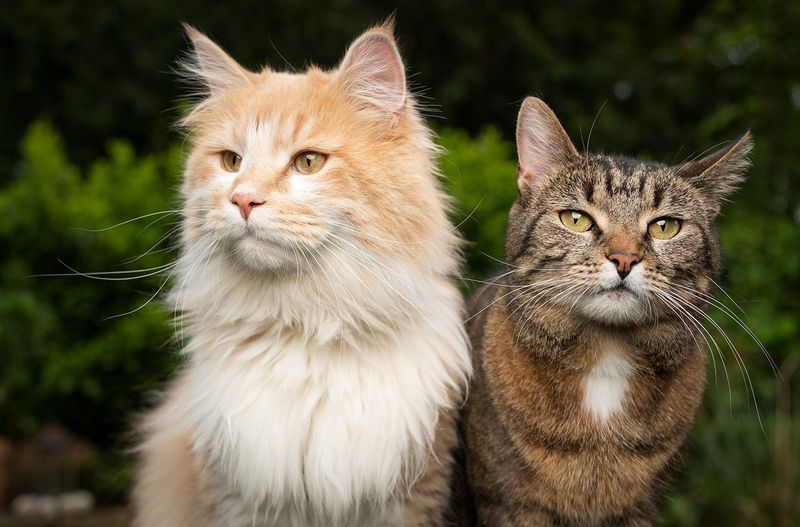📖 Table of Content:
- 1. Low-Maintenance Companions
- 2. Space-Efficient Roommates
- 3. Built-in Pest Control
- 4. Quiet Neighbors
- 5. Stress-Reducing Purr Therapy
- 6. Budget-Friendly Pet Ownership
- 7. Automatic Cleanliness
- 8. Independent Yet Affectionate
- 9. Long Lifespan Companions
- 10. Natural Sleep Aids
- 11. Entertainment Value
- 12. Health Benefits for Humans
- 13. Environmental Sustainability
- 14. Allergy-Friendly Options
- 15. Perfect for Remote Workers
- 16. Adaptable to Different Lifestyles
- 17. Therapeutic Companions
- 18. Social Media Stars
- 19. Nighttime Security System
- 20. Teaching Children Responsibility
- 21. Natural Conversation Starters
- 22. Indoor-Outdoor Flexibility
- 23. Diverse Personality Types
- 24. Minimal Training Requirements
- 25. Graceful Aging Process
- 26. Variety of Breeds and Looks
Cats have long held a special place in human lives, admired for their elegance, mystery, and charm. Their presence brings comfort, companionship, and a calming influence to countless households. From ancient temples to modern apartments, their appeal remains timeless.
Felines offer a rare balance of self-sufficiency and affection, adapting well to both quiet and busy environments. Their playful antics and soothing purrs can lift moods and ease stress. This versatility makes them well-suited for a wide range of living situations and personalities.
Beyond their graceful demeanor, cats are intelligent, intuitive creatures with strong bonds to those they trust. Each purr, glance, and gentle nudge reveals a deep emotional connection. These qualities make them not just pets, but cherished members of the family.
1. Low-Maintenance Companions
Cats practically take care of themselves! Unlike dogs that need regular walks and constant attention, cats handle their basic needs with minimal human intervention. They groom themselves meticulously, keeping their fur clean and reducing the need for baths.
Litter box training comes naturally to them, eliminating the need for outdoor potty breaks regardless of weather conditions. For busy individuals or those with unpredictable schedules, this self-sufficiency makes cats the ideal pet choice without sacrificing the joy of animal companionship.
2. Space-Efficient Roommates
Living in a small apartment? Cats thrive in compact spaces where larger pets might feel confined. Their territorial nature means they’re perfectly content claiming a few favorite spots rather than needing extensive room to roam.
Vertical space matters more to cats than floor space. A simple cat tree or accessible shelving transforms even the tiniest studio into a feline playground. They require minimal equipment—just a litter box, food dishes, and a few toys. Their ability to adapt to limited square footage makes them ideal for urban living situations.
3. Built-in Pest Control
With strong hunting instincts, cats excel at keeping unwanted pests at bay. Just their scent and presence can discourage rodents from entering a space. Well-fed or not, many still chase down insects like flies and spiders.
This hunting behavior provides mental stimulation for your cat while keeping your home relatively bug-free. Before chemical pesticides were common, farms and businesses kept cats specifically for their rodent-catching abilities—a natural service they still happily provide today.
4. Quiet Neighbors
Subtle and reserved, a cat’s vocalizations are unlikely to draw unwanted attention. Where dogs might bark persistently, cats typically meow softly and sparingly. Their primary form of communication often comes through movement and expression.
Their light footsteps and gentle movements make them ideal for apartment living or homes with noise-sensitive family members. Even during playtime, cats tend to pounce silently, making them considerate companions for those who value peace and quiet or work from home environments.
5. Stress-Reducing Purr Therapy
The rhythmic purring of a contented cat does more than signal happiness—it actually provides health benefits to humans. Studies show that the frequency of cat purrs (between 25-150 Hz) can lower blood pressure, reduce stress hormones, and promote healing.
After a challenging day, few things compare to the calming effect of a purring cat settling onto your lap. This natural sound therapy costs nothing yet delivers remarkable relaxation benefits. Cat owners frequently report improved mood and decreased anxiety levels simply from spending time with their purring companions.
6. Budget-Friendly Pet Ownership
Caring for cats costs significantly less than many other pets. Their smaller size means they consume less food, with the average cat eating just 20-30 cents worth of food daily. Veterinary care tends to be more affordable for cats, with fewer required vaccinations and preventative medications than dogs need.
Their independent nature means you’ll save on professional services like dog walkers or daycare facilities. Even their toys can be homemade—a paper bag or cardboard box often provides more entertainment than expensive store-bought options, making cats economical companions for budget-conscious pet lovers.
7. Automatic Cleanliness
Cats spend up to 50% of their waking hours grooming themselves. This fastidious behavior means less work for you compared to pets that require regular bathing and grooming appointments. Their rough tongues work like natural combs, removing loose fur and distributing natural oils throughout their coat. Most cats keep themselves remarkably clean, requiring only occasional brushing to reduce shedding and prevent hairballs.
Beyond personal hygiene, many cats extend their cleanliness standards to their surroundings, often covering waste in litter boxes without being taught—a natural instinct that makes maintenance easier.
8. Independent Yet Affectionate
Striking a balance between independence and social connection, cats choose when to engage. They don’t require nonstop attention, yet they seek meaningful moments with their humans. This allows pet owners to feel comfortable leaving them during the day.
When they do seek attention, their affection feels especially meaningful because it’s freely given rather than constantly expected. Many cat owners appreciate this respectful dynamic—having a companion who enjoys your company but doesn’t depend on your presence for their basic happiness and well-being.
9. Long Lifespan Companions
The average lifespan of a cat falls between 12 and 18 years, though many exceed this and reach their twenties. Such extended time together fosters strong, enduring bonds. Cats kept indoors usually experience even greater longevity, providing consistent companionship.
Children can grow up alongside the same feline friend from elementary school through college graduation. This longevity allows for truly knowing your pet’s personality and developing the kind of understanding that only comes with years of shared experiences and mutual adaptation.
10. Natural Sleep Aids
The warmth of a cat lying beside a person can ease the transition to sleep. Their body temperature is higher than a human’s, adding cozy comfort. Meanwhile, the soothing sound of their purring masks other noises that might disrupt rest.
Many cat owners report falling asleep faster and experiencing deeper sleep when their feline friends join them at bedtime. Their tendency to settle down during evening hours syncs naturally with human sleep patterns, making them ideal bedtime companions for those struggling with insomnia.
11. Entertainment Value
Playful and curious by nature, cats keep their owners entertained with spontaneous antics. From energetic dashes to amusing reactions, they are natural performers without any need for training.
Their unpredictable nature means you never know when they’ll decide to chase their tail, pounce on invisible prey, or perform impressive acrobatic feats. Many cat owners find themselves laughing daily at their pet’s spontaneous performances. Best of all, this entertainment comes without subscription fees or batteries—just the occasional catnip toy or cardboard box to inspire their next amusing performance.
12. Health Benefits for Humans
Research consistently shows that cat owners enjoy significant health advantages. Studies have found cat owners have 30% lower risk of heart attacks and reduced chances of cardiovascular diseases compared to non-pet owners.
The act of petting a cat lowers cortisol (stress hormone) levels while increasing oxytocin and serotonin—chemicals associated with happiness and well-being. Regular interaction with cats can even strengthen your immune system and reduce allergies in children raised with feline companions. Beyond physical health, cats provide emotional support that contributes to better mental health outcomes and improved coping skills during difficult times.
13. Environmental Sustainability
Cats leave smaller carbon pawprints than many other pets. Their dietary needs require less animal protein than larger pets, reducing the environmental impact of their food production. They consume less water and resources throughout their lives.
A UCLA study found that cats’ environmental impact is comparable to driving a small hatchback, while dogs’ impact equals that of an SUV. Litter box waste creates less environmental strain than daily plastic bags of dog waste. For environmentally conscious pet owners, cats represent a more sustainable choice without sacrificing the joys of animal companionship.
14. Allergy-Friendly Options
Several cat breeds produce fewer allergens, making pet ownership possible for many allergy sufferers. Siberian, Balinese, and Russian Blue cats naturally produce less of the Fel d 1 protein that triggers most cat allergies.
Regular grooming and cleaning practices can further reduce allergen levels in your home. Many people with mild allergies find they build tolerance to their specific cat over time, with symptoms diminishing as their immune system adjusts. For those concerned about allergies, spending time with a specific breed before adoption allows you to test compatibility without long-term commitment.
15. Perfect for Remote Workers
For those working from home, cats provide the perfect balance of company and independence. Their low-maintenance needs mean they won’t interrupt video calls or work tasks. They offer gentle interaction that helps combat loneliness without being a distraction.
Their tendency to nap nearby creates a comforting presence that reduces the isolation many remote workers experience. Studies show that having a cat in your home office can actually boost productivity and creativity while lowering stress levels—making them the perfect work-from-home colleagues.
16. Adaptable to Different Lifestyles
The versatility of cats makes them suitable for diverse living situations and lifestyles. They can complement the life of a retiree, a busy professional, or a large family with ease. Their ability to thrive in both serene and lively homes is remarkable.
Many adapt easily to changes like moving to new homes, welcoming new family members, or adjusting to different schedules. This flexibility makes cats suitable pets throughout different life stages—from your first apartment to family homes to retirement communities, your feline friend can transition smoothly alongside you.
17. Therapeutic Companions
The therapeutic qualities of cats benefit those struggling with emotional issues. Their calming effect assists in managing conditions such as anxiety and PTSD without adverse medication effects. The soothing sensation of petting a cat lowers blood pressure and stimulates the production of endorphins.
Many therapy programs now incorporate cats for supporting children with autism, elderly patients with dementia, and veterans with combat-related trauma. Unlike human relationships that may involve judgment or expectations, cats offer unconditional acceptance and emotional support without requiring explanation or conversation about your feelings.
18. Social Media Stars
The internet is full of cats, celebrated for their photogenic appeal and entertaining behavior. Sharing moments of feline life online creates bonds among enthusiasts worldwide. Many cat owners enjoy capturing these moments, with a few pets becoming social media stars.
These online communities provide support, advice, and friendship centered around shared cat appreciation. Beyond entertainment, this social aspect of cat ownership creates connections between people who might otherwise never interact, proving that cats bring humans together both online and in real life.
19. Nighttime Security System
With extraordinary sensory abilities, cats serve as instinctive security companions. They can hear frequencies beyond human range and see clearly in low light, often noticing disturbances first. Reports frequently describe cats warning their families about visitors or household hazards.
Their territorial nature means they investigate any irregularities in their environment. Unlike home security systems requiring monthly fees, cats provide this protective service naturally while also offering companionship—making them both practical and comforting nighttime guardians.
20. Teaching Children Responsibility
Cats help children develop empathy and responsibility through age-appropriate pet care tasks. Their predictable needs create natural opportunities for kids to learn about commitment and routine care. Younger children can help with feeding and gentle play, while older ones can take on litter box cleaning and grooming.
Because cats are more independent than some pets, children can build confidence through successful care without becoming overwhelmed by constant demands. The relationship between a child and their cat often becomes a formative experience that shapes how they approach responsibilities and relationships throughout life.
21. Natural Conversation Starters
Cat ownership provides endless conversation material for social situations. From funny anecdotes about their latest antics to discussions about different breeds, cats give even the most introverted owners easy topics to discuss with others.
Photos of your feline friend can break the ice in new relationships or workplace conversations. Cat owners often find themselves bonding with strangers who share similar experiences with their own pets. This social lubricant effect extends beyond casual interactions—many lasting friendships and even romantic relationships have begun through shared appreciation of cats and their quirky personalities.
22. Indoor-Outdoor Flexibility
Whether kept strictly indoors or given controlled outdoor experiences, cats can thrive. Indoor cats find stimulation from window watching and protected patios. For those allowed outside, options such as harness training or secure yards provide safe exposure to the outdoors.
Many adapt well to indoor-only lifestyles, especially when provided with environmental enrichment like climbing spaces and interactive toys. This adaptability means you can adjust their lifestyle based on your living situation, neighborhood safety, and local wildlife considerations.
23. Diverse Personality Types
The personalities of cats vary greatly, encompassing lively extroverts as well as quiet, gentle souls. Such variety makes it easy to find a cat that complements individual needs and environments.
Some cats greet everyone at the door like social butterflies, while others reserve their affection for select family members. Playful cats provide entertainment and activity, while laid-back ones offer peaceful companionship. Spending time with cats at shelters before adoption allows you to find a personality that complements your own—whether you’re seeking an energetic playmate or a calm cuddling companion.
24. Minimal Training Requirements
With natural tendencies, cats often bypass lengthy training processes. Litter box use and scratching habits generally develop quickly with minimal effort.
Their independent nature means they don’t need obedience training to function well in a household. Most cats quickly learn household boundaries through gentle redirection rather than formal training sessions. This natural programming makes cats especially suitable for first-time pet owners or those without time for extensive training commitments while still enjoying a well-behaved animal companion.
25. Graceful Aging Process
Cats age gracefully compared to many pets, maintaining their dignity and independence well into their senior years. They typically experience fewer mobility issues than larger animals, continuing to jump and explore even as they slow down. Senior cats often become more affectionate and settled, developing deeper bonds with their owners.
Their care requirements change minimally with age, usually requiring just dietary adjustments and occasional medication rather than intensive management. This gentle transition into their golden years means cats remain enjoyable companions throughout their entire lifespan without dramatically increasing care demands.
26. Variety of Breeds and Looks
The feline world offers extraordinary diversity in appearance, from the hairless Sphynx to the fluffy Maine Coon. With over 70 recognized breeds plus countless mixed variations, cats come in virtually every color, pattern, and coat length imaginable.
Body types range from sleek and athletic to round and sturdy. Eye colors span the spectrum from copper and gold to blue and green, with some breeds featuring stunning odd-eyed combinations. This visual variety means you can select a cat whose appearance matches your aesthetic preferences while still enjoying the fundamental qualities that make all cats wonderful companions.
